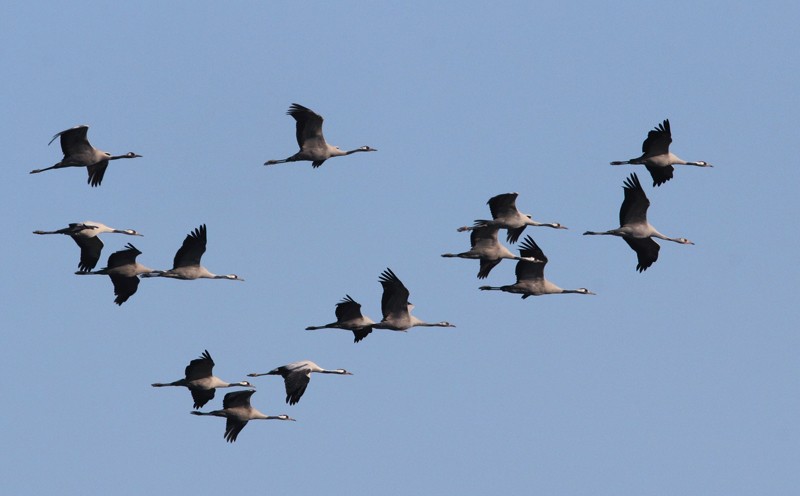Beschreibung
This part on the western side of Rehdener Geestmoor is good in early morning. Many Kranich flying out of the moore's overhead your car. Good for shooting pictures and a very exciting experience. Better to stay in the car otherwise you will scare the Kranich and they will take another route.
Details
Zugang
Fotoshootingdrive by sunrise. See the route on the map.
Terrain und Habitat
Grasland, Wiesen , Moor/HeidelandBedingungen
FlachRundweg
NeinIst ein Spektiv nützlich?
NeinGute Beobachtungszeit
HerbstBeste Beobachtungszeit
Herbstzug , HerbstRoute
asphaltierte StraßeSchwierigkeitsgrad der Tour
EinfachErreichbarkeit
AutoBeobachtungshütten oder -türme
NeinZusätzliche Informationen
The areas around Diepholz are famous for the gathering of Kranich every autumn. Diepholz has 24,000 hectares of peat bogs in eleven different areas. Between the areas are small villages and lots of corn fields and grassland. Most visitors are gathered around a few large observation towers, and the rest of the area is usually quiet. The thousands of birds gather here in Germany during the Kranich migration to fat up for their trip to the more southern wintering grounds. During this period, the number may reach in the tens of thousands. During te day the birds are foraging (feeding) on the different corn fields in the area and in the evening they fly in great numbers to their sleeping places in the peat bogs around Diepholz. The best time of the year, with the biggest amounts of Kranich is during the last two weeks of october, and the first week in november.





